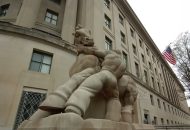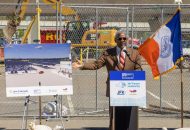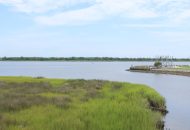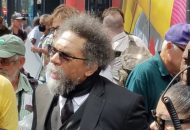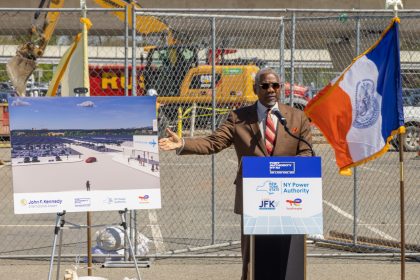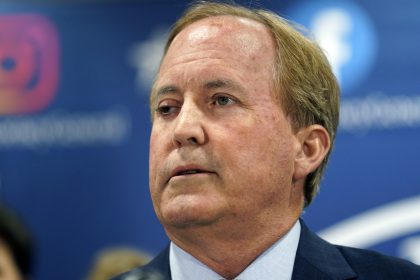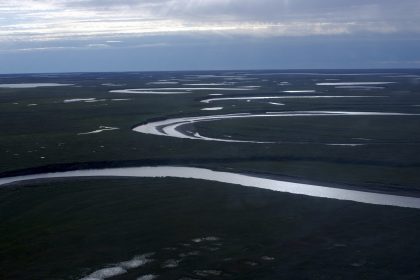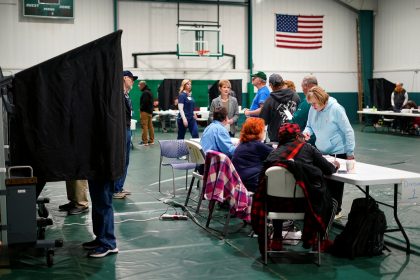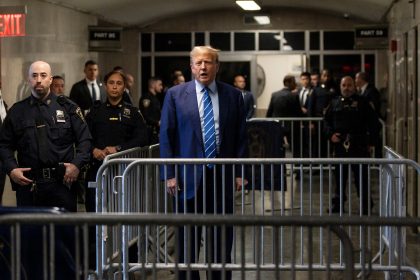Miami Beach in State of Emergency as Spring Break Crowds Cluster
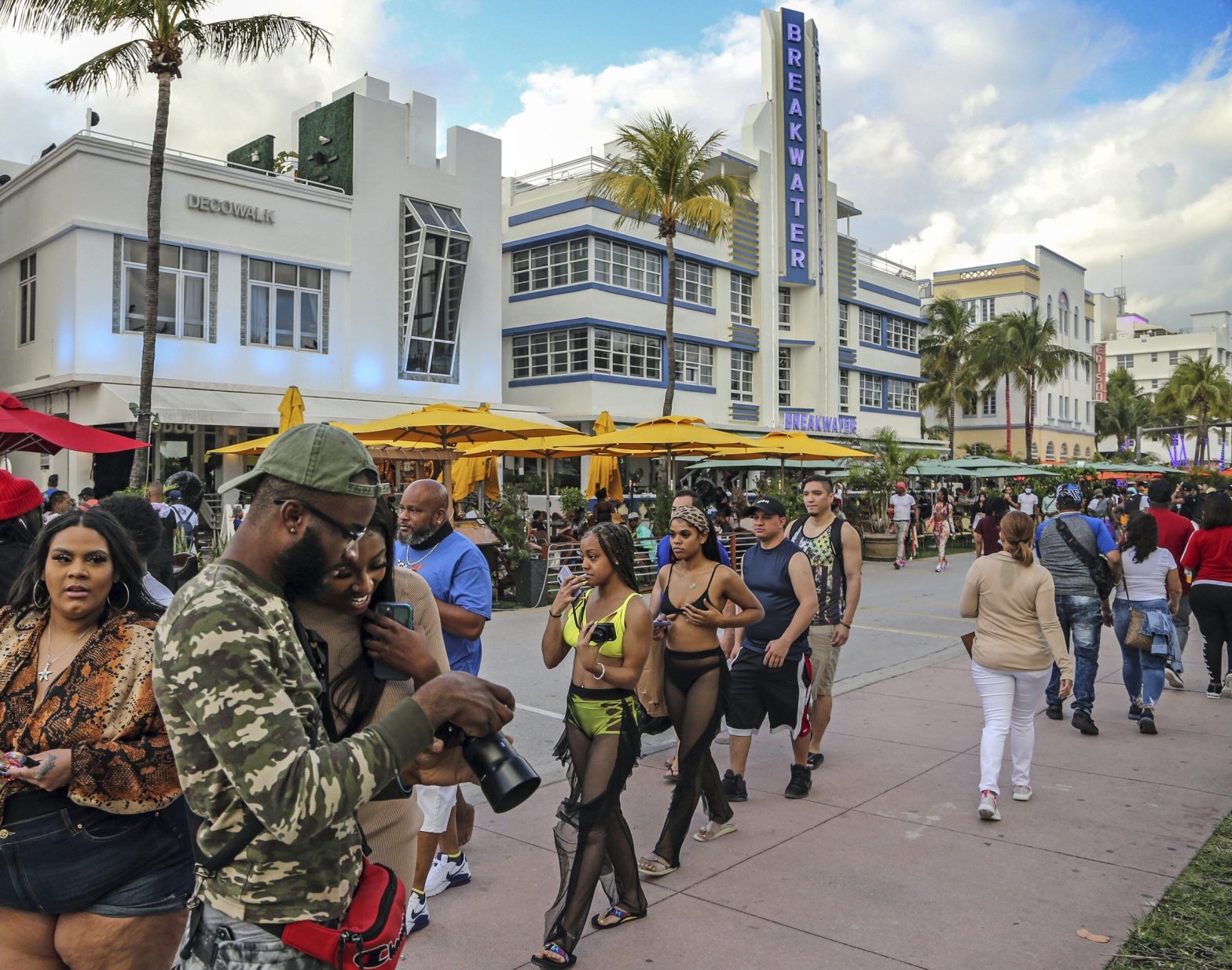
MIAMI BEACH, Fla. — Miami Beach Interim City Manager Raul J. Aguila declared a state of emergency Saturday lasting through April 12 as spring break crowds overwhelm the popular tourist destination.
Officials have imposed strict curfews to curb the partygoers’ access to surrounding hotspots four nights a week from 8 p.m. to 6 a.m. All vehicular and pedestrian traffic on Ocean Drive, the famous strip synonymous with Miami Beach’s nightlife, is halted during curfew hours.
The curfew zone encompasses multiple causeways around the popular strip where violations of city and Miami-Dade County pandemic emergency orders have been common. A region of the town designated the “High Impact Zone” is subject to the curfew, and incorporates Ocean Drive, Collins Avenue, Washington Avenue and Pennsylvania Avenue between Fifth Street and 16th Street.
City residents, guests of hotels, and employees of business establishments are exempt from some of the causeway closures. Some businesses within the community, however, are voluntarily closing their doors amid safety concerns after melees between spring breakers and police culminated in “extensive” property damage in the area.
Police officials said they have made over a thousand arrests and seized more than 100 guns since Feb. 3, according to the Miami Herald. Officers from the cities of Miami and Coral Gables as well as the Florida Department of Law Enforcement and the Florida Highway Patrol have been enlisted to assist local law enforcement with implementing the curfew.
“Over the last weeks and longer, our city has been one of the only true destination cities open for business anywhere,” Miami Beach Mayor Dan Gelber said in a video address Monday.
“While most of our guests come here for all the reasons we hope they do and follow rules, there are clearly too many coming here with other ideas. And some are bringing guns.”
Law enforcement dispersed a large crowd on Ocean Drive with pepper balls hours after the curfew was announced on Saturday, a tactic criticized by Miami-Dade NAACP President Daniella Pierre who questioned whether the officers were targeting “crime” or “culture.”
Members of the Miami Beach City Commission conducted an emergency meeting on Sunday to address the unruly behavior of spring breakers, citing “multiple fights, brawls, melees, and other public displays and disturbances of the peace” in their emergency declaration.
“I believe it’s a lot of pent-up demand from the pandemic and people wanting to get out,” David Richardson, a member of the commission, said on Sunday. “And our state has been publicly advertised as being open, so that’s contributing to the issue.”
City officials cited large crowds of visitors socializing in close proximity to each other without regard for masking or physical distancing in the emergency declaration. The densely packed gatherings of individuals constitute “a direct threat to the health of themselves, their families and others,” the officials state in the declaration.
But guidance issued by the Centers for Disease Control and Prevention remains a recommendation in the state where no legal mandates are in effect to hinder the spread of COVID-19. Florida Gov. Ron DeSantis issued an executive order on Sept. 25 that handicapped local authorities from issuing fines for noncompliance with pandemic restrictions.
Lax rules on social gatherings have become increasingly common nationwide as COVID-19 cases continue a steady decline. Towns along the Gulf Coast of Texas announced increased patrols this month to monitor social gatherings on their beaches, but no mask mandate or social distancing protocols are in place.
The city of Myrtle Beach, S.C., extended its mask mandate through March 31 ahead of the arrival of spring breaks crowds. Masks are not required on the beaches as long as social distancing recommendations are observed, according to the city’s tourism website.
Stricter protocols are in place on Los Angeles County beaches where masks are required while visitors are not in the water, and gatherings of more than 15 people with more than three households are not permitted. California’s statewide mask mandate enacted in June remains in effect in settings where the risk of exposure is high.











